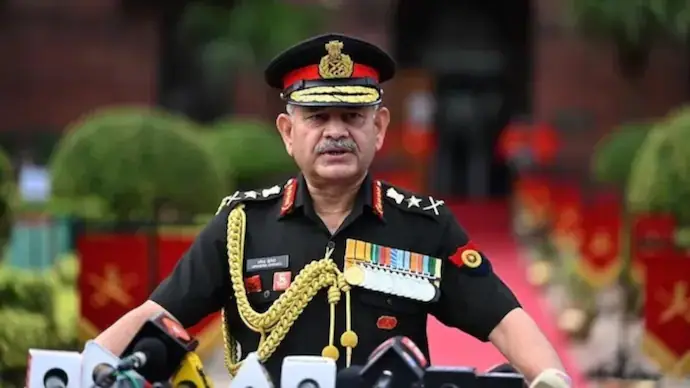India-Pakistan conflict

India-Pakistan conflict
India turns on 14 Territorial Navy Battalions Amid Escalating Tensions with Pakistan
can also nine, 2025 | New Delhi
In a big development underscoring the developing tension between India and Pakistan, the Indian government has officially activated 14 infantry battalions of the Territorial Army (TA) to guide the ordinary militia. The move comes in the wake of India’s precision military action under “Operation Sindoor” and Pakistan’s retaliatory strikes, marking one of the most extreme escalations in the border hostilities in recent years.
Operation Sindoor: India’s focused response
The collection of events started with the launch of “Operation Sindoor” by way of the Indian armed forces on May 7, 2025. This operation involved coordinated missile and drone strikes focused on 9 terrorist camps positioned in Pakistan and Pakistan-occupied Kashmir (Pok). The strikes had been completed in reaction to a devastating terrorist attack in Pahalgam, Jammu and Kashmir, on April 22, which killed 26 civilians, along with vacationers.
For the duration of Operation Sindoor, Indian forces released 24 missiles inside a 25-minute window, resulting in the removal of over 70 terrorists. The operation targeted camps allegedly operated with the aid of extremist agencies, which include Lashkar-e-Taiba and Jaish-e-Mohammed. In keeping with an official assertion from the Ministry of Defence, “no Pakistani navy installations have been targeted,” and the assignment changed into one described as “measured and non-escalatory.”
Pakistan’s Retaliation and India’s Protection Measures
Following India’s offensive, Pakistan responded with drone and missile assaults aimed at Indian cities, including Amritsar. India’s superior missile protection structures, mainly the S-400 air defence machine, intercepted and neutralised multiple incoming threats. Moreover, India conducted Suppression of Enemy Air Defence (SEAD) operations, correctly disabling Pakistan’s air defence structures near Lahore to preserve air superiority.
While Pakistan claimed to have shot down numerous Indian planes, including Rafale fighter jets and drones, India has formally denied any aircraft losses, calling these claims “unfounded propaganda.”
Mobilization of the Territorial navy
In the midst of the escalating war, the Indian government granted the chief of the army group of workers authority to mobilise 14 Territorial Navy infantry battalions. These units, which function as an auxiliary guide to the everyday army, might be deployed throughout key army commands, consisting of the Northern, Western, and Central commands. Their roles are predicted to include logistics support, infrastructure management, and internal security operations.
The Territorial Army consists of educated civilian volunteers who go through navy schooling and can be called upon in times of emergency. Their mobilisation reflects India’s commitment to enhancing readiness and reinforcing troop readiness in potentially volatile regions.
authorities’ Strategic conversation
Defence Minister Rajnath Singh, addressing the Parliament, said, “The government of India will take each essential step to ensure national protection. The Territorial Army’s activation is a strategic path to keep preparedness and assist our brave squaddies in the course of this critical time.”
Prime Minister Narendra Modi was briefed on the operation and the unfolding scenario. Resources close to the high Minister’s office confirmed that he has been carefully monitoring military tendencies and remains in constant contact with the safety status quo.
Worldwide reactions and contact for Restraint
The global network has expressed concern over the escalating situation. The United Nations Secretary-General entreated both India and Pakistan to “exercise the utmost restraint and pursue diplomatic channels.” The United States, the United Kingdom, and Russia have also released statements encouraging communication and de-escalation.
in spite of developing international stress, both international locations have remained firm in their positions. Pakistani Prime Minister Shehbaz Sharif categorised India’s movements as “aggression,” vowing to retaliate appropriately. In the meantime, India maintains that its moves have been “anti-terrorist operations” aimed at protecting civilian lives and countrywide integrity.
end
As tensions hold to mount, the activation of the Territorial military marks a pivotal shift in India’s strategic posture. The U.S. seems determined to counter any challenge to its sovereignty, while the worldwide community watches with interest. Whether the situation escalates into additional struggle or finds a direction to de-escalation via diplomacy remains to be seen, but the message from New Delhi is apparent: countrywide safety comes first.
Source: Times of India
Also Read: Kerala SSLC Result 2025








